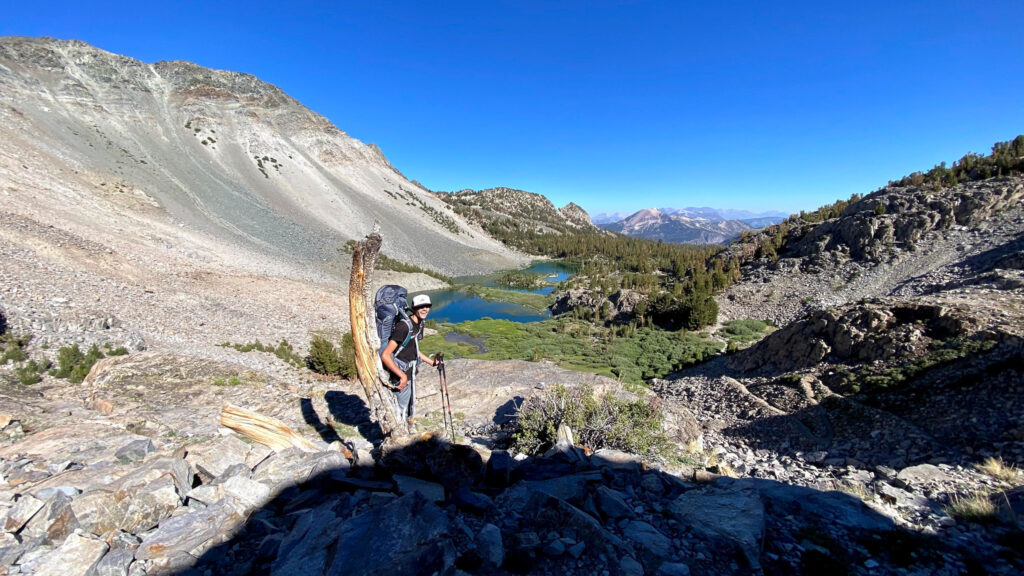
"Discover the Majestic Sierras: A Summer Adventureland of Hiking, Backpacking, Fishing, Rock Climbing, and Wildlife Viewing!"
July is a great time to explore the Sierras in California, as the weather is always warm and sunny. Home to Mount Whitney and other famous destinations, these mountains have a lot to offer. If you are looking for a place with great sights and lots to do, you should pay the Sierras a visit.There are many campgrounds in the Sierras that are open in July, ranging from primitive sites to more developed campgrounds with amenities like showers and electrical hookups. It’s a beautiful camping spot and a great place to get Off the Grid! Here are some ideas for things to do in the Sierras during July:
Hiking
There are countless hiking trails in the Sierras, ranging from easy strolls to challenging backpacking trips. You can take your little ones out for some fun, or take on a challenge. Before you hit the trail, plan out your itinerary and make sure you have enough time to complete your hike. Be sure to take into account your physical abilities, the elevation gain and loss, and any potential hazards on the trail. Some popular hikes in July include the John Muir Trail, the Pacific Crest Trail, and the Mount Whitney Trail. These trails are a pretty route, leading to great sights.
Backpacking
If you are an experienced backpacker, July is a great time to explore the backcountry of the Sierras. There are many trails in the Sierras that are suitable for backpacking, ranging from easy weekend trips to challenging multi-week expeditions. Some popular backpacking routes include the John Muir Trail, the Pacific Crest Trail, and the High Sierra Trail. Just be sure to check with the local land management agency for any regulations or permits required.
Fishing
The Sierras are home to many streams, rivers, and lakes that are popular for fishing. In July, you can expect to find plenty of trout and other fish in the water. Bring your fishing gear for a great adventure.
Rock Climbing
The Sierras are also a popular destination for rock climbing, with many granite cliffs and walls to choose from. Some popular climbing areas include Tuolumne Meadows, Yosemite Valley, and the Bishop area. Make sure to prepare correctly and be safe!
Wildlife Viewing
The Sierras are home to many species of wildlife, including black bears, mountain lions, deer, and coyotes. July is a great time to see these animals in their natural habitat.You can visit any of these few destinations to view wildlife.
Yosemite National Park: Yosemite is known for its abundant wildlife, including black bears, mountain lions, coyotes, bobcats, and deer. Visitors can spot these animals throughout the park, particularly in Yosemite Valley and the high country.
Sequoia and Kings Canyon National Parks: These adjacent parks are home to many species of wildlife, including black bears, mountain lions, mule deer, and bighorn sheep. The parks also have a variety of bird species, such as the peregrine falcon and the white-headed woodpecker.
Lake Tahoe: The lake and surrounding forests are home to a variety of wildlife, including black bears, bald eagles, osprey, and mule deer. Visitors can also spot smaller animals like chipmunks, squirrels, and a variety of birds.
- Ansel Adams Wilderness: This wilderness area is located in the Sierra Nevada and is home to many species of wildlife, including black bears, mule deer, mountain lions, and coyotes. Visitors can also spot a variety of birds, such as the northern goshawk and the white-tailed ptarmigan.
